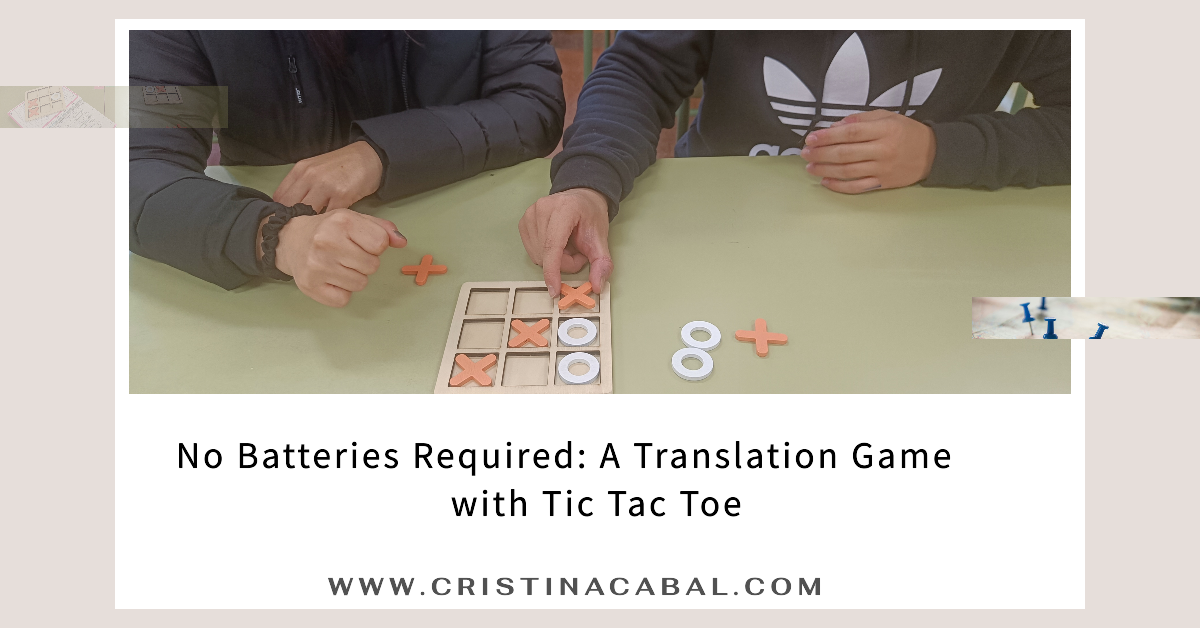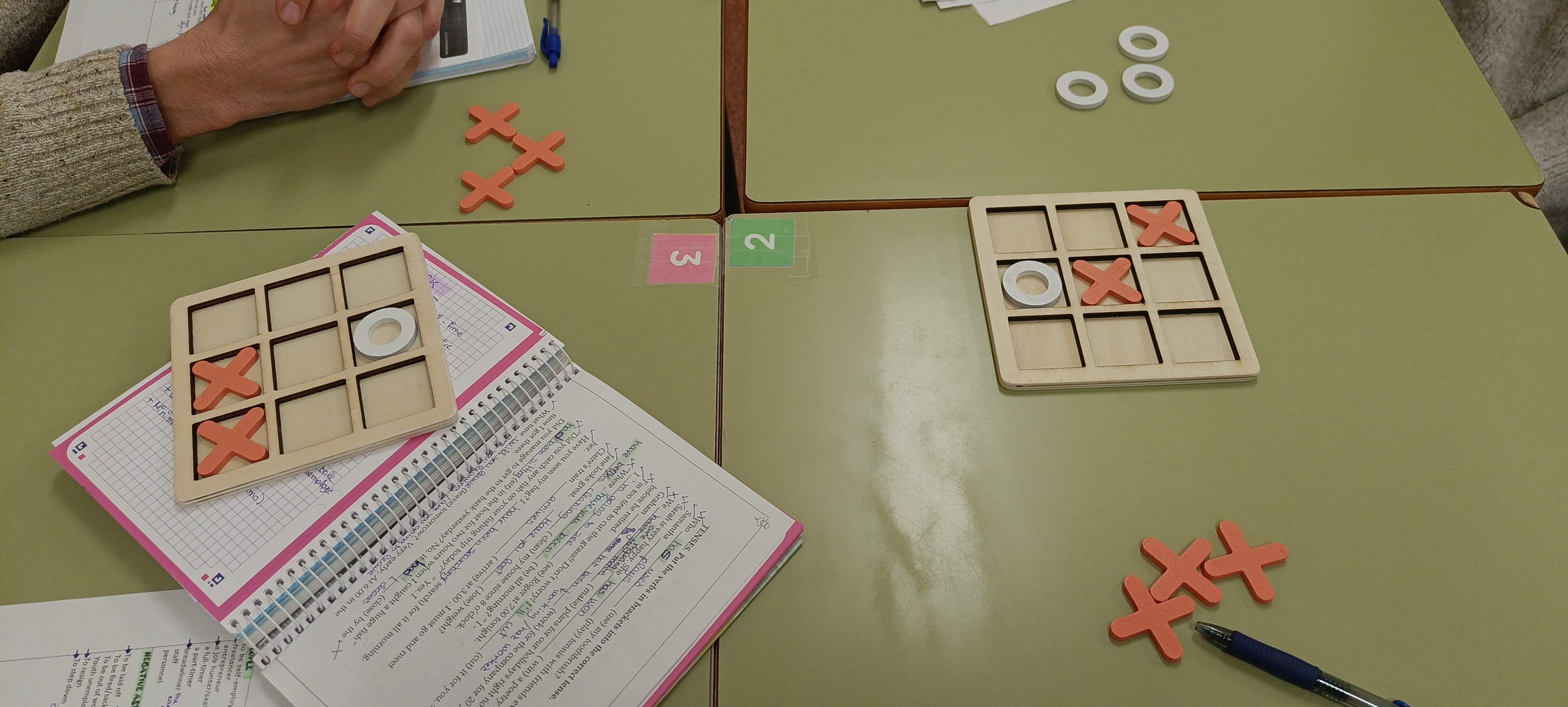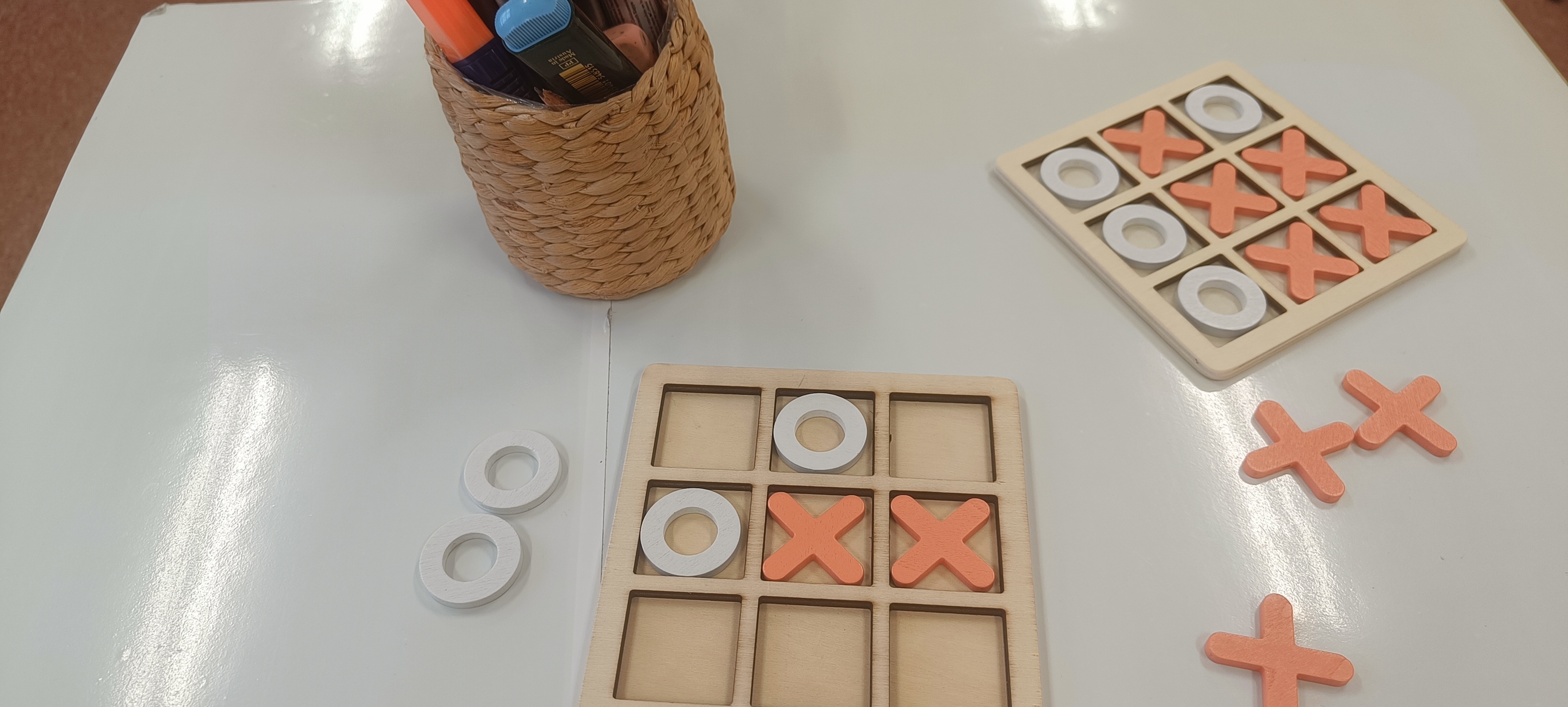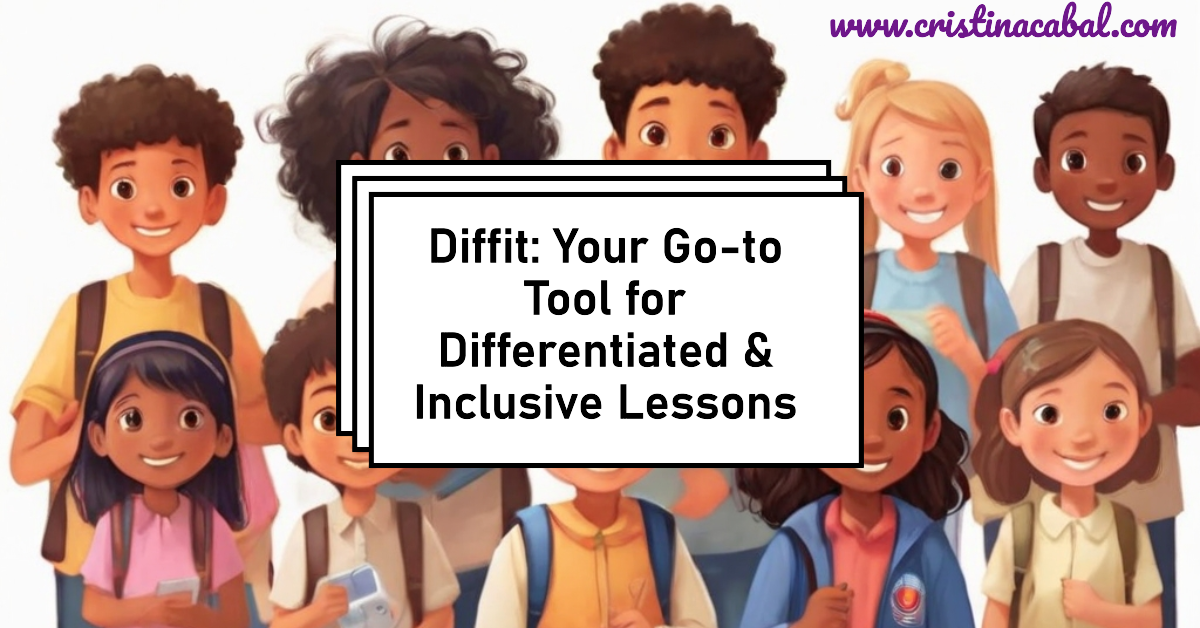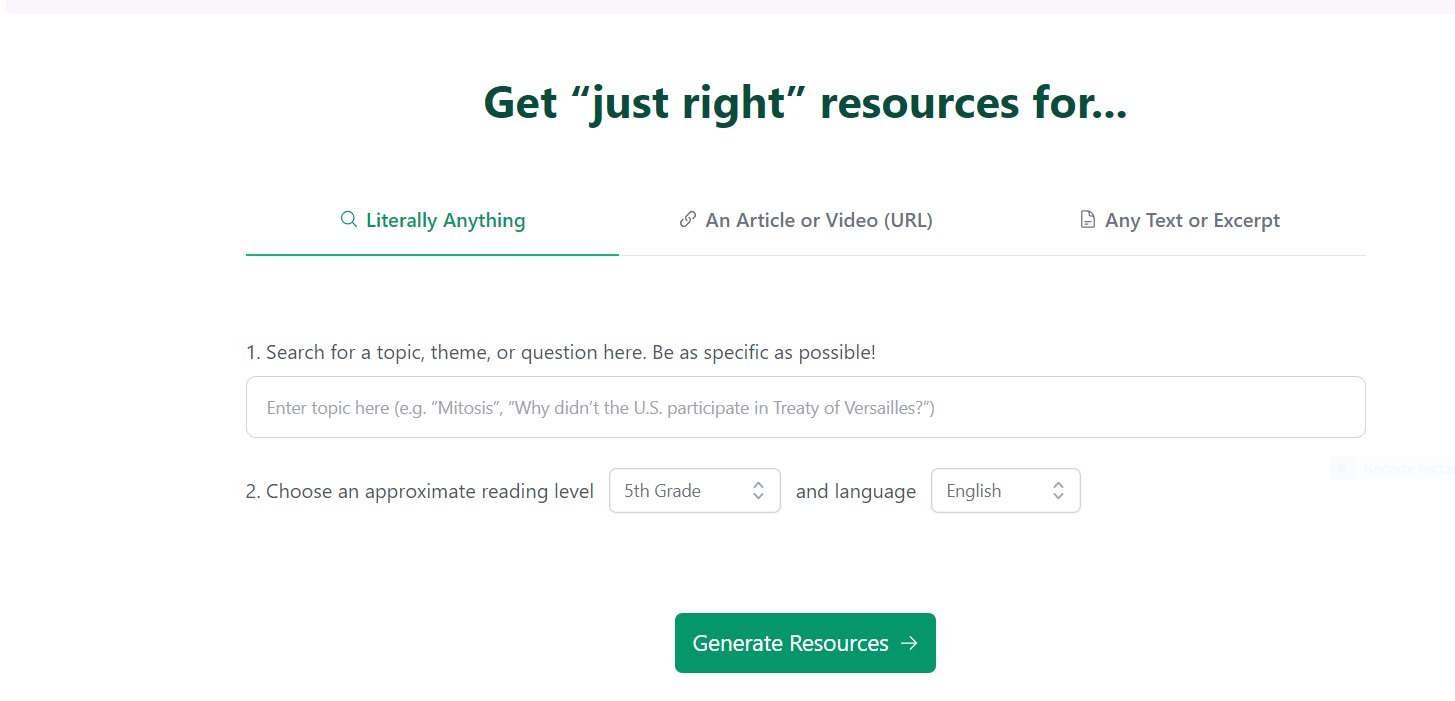- Imagine having a tireless, always-available language tutor for your students – that’s the magic of chatbots! Can they replace teachers? Of course not! They are never ever going to substitute teachers. But, can they help students when teachers are not available? There you have it! Chatbots are fun, interactive, and students can practise anytime, anywhere.
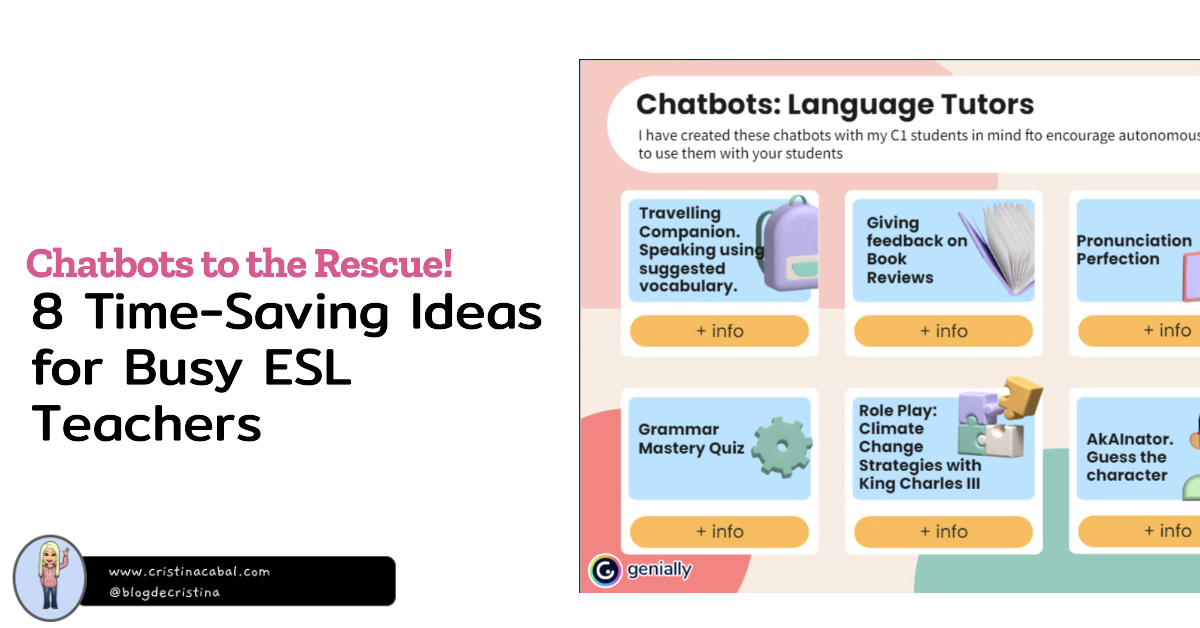
I tried and tested my first chatbot in early February and wrote about it here. They worked so well that I have been on a creation spree, designing and testing chatbots for different purposes.
Ready to see my chatbots in action? Below these lines, you will find a cool interactive infographic below -created with Genial.ly- showcasing eight ideas to use chatbots in your classroom.
Here’s a sneak peek of what you’ll find:
- Practice Conversations: Role-play everyday scenarios like ordering food or asking for directions with an anonymous chatbot, or talk about the environment with King Charles III.
- AkAInator chatbot. A fun and engaging chatbot where students guess worldwide characters using yes/no questions. Enhances critical thinking and deductive skills
- Grammar Drills: Get personalized feedback on sentence structure and verb tenses.
- Pronunciation Perfection: This chatbot serves as a personal language coach, focusing on enhancing pronunciation through interactive practice and instant feedback. Ideal for integrating into language lessons to boost students’ confidence and accuracy in speaking
- Grammar Quiz. Let chatbots design personalized quizzes based on learned material. Include explanations for correct and incorrect answers to aid in comprehension.
- Topic-Related Conversations suggesting target vocabulary. This chatbot enhances vocabulary and grammar through interactive dialogue on travel topics, offering instant feedback and tailored suggestions
- Interlinguistic Mediation. A language practice chatbot focusing on summarizing and paraphrasing Spanish texts about the environment into English. Enhances language proficiency and comprehension through guided practice. Teachers can use it to support students in improving their language skills.
- Giving Feedback on Book Reviews. Students will write or paste their book reviews here and the chatbot will provide personalized feedback.
How to use the infographic. Click on the three dots to expand the Genial.ly and then hover over the texts. The text in bold will take you straight to the chatbot, and +info will explain what the chatbot does. Enjoy!!
I have used Mizou to create the chatbots. Mizou is surprisingly user-friendly, and I’d love to help you get started. Imagine the possibilities: personalized practice for specific topics, grammar drills that fit your curriculum, even cultural guides for exploring different customs!
Intrigued? Shoot me an email at cristina.cabal@gmail.com and let’s chat about how to bring chatbots into your classroom.
Follow me on




